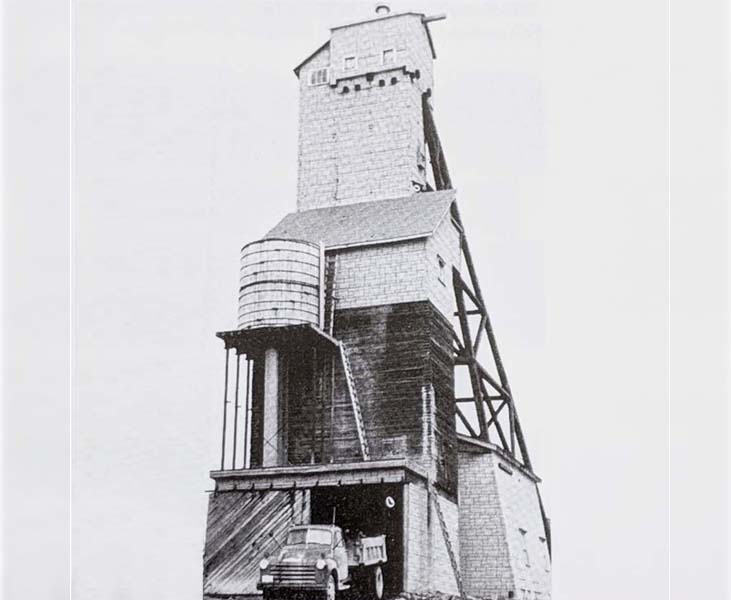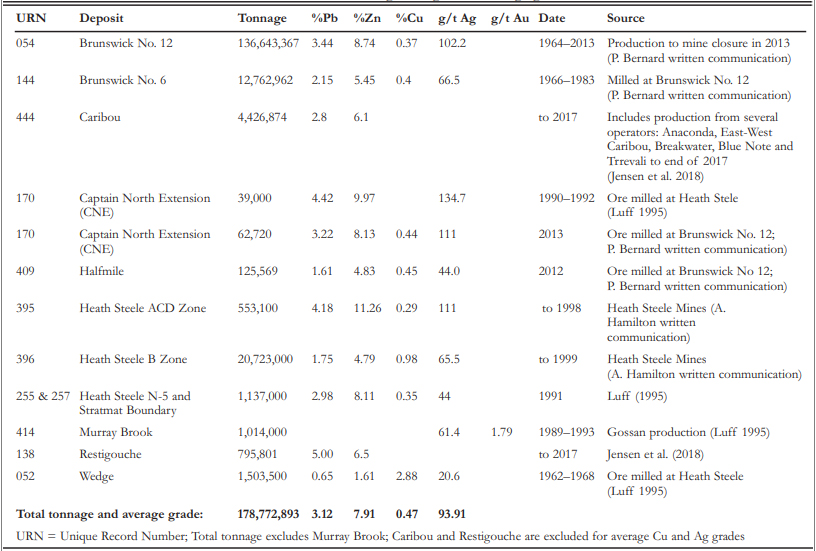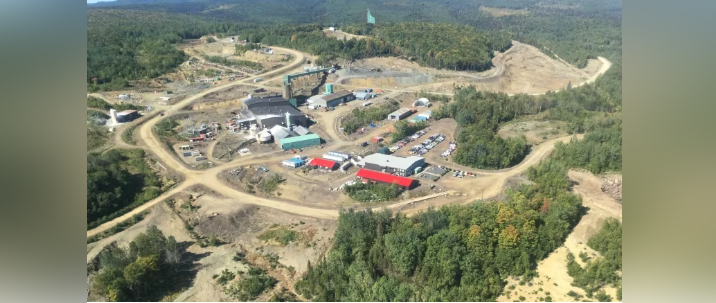Account Login
Don't have an account? Create One

One of Canada’s most historically significant mining districts, New Brunswick’s Bathurst Mining Camp was initially discovered over 70 years ago. What started with thesis research later resulted in 45 known mineral deposits and a dozen mines. While operations are currently on hold at the Bathurst mines, they’ve had an undeniably positive effect on local communities.
Initial discovery
Before the official discovery of the Bathurst camp, some iron mining was conducted in northern New Brunswick during WWI and WWII to provide feed for the steel mills in Sydney, Nova Scotia. While this material served its purpose during wartime, today’s standards would consider it low-grade iron formation. However, when UNB Geology student Ben Baldwin later examined samples from the area in the 1950s for his Master’s thesis, he identified lead, zinc and copper — precious minerals worth a closer look.
News eventually travelled to prospector Matthew James Boylen, who promptly purchased ground and began exploration. This led to the official discovery of the Brunswick No. 6 deposit in 1952, the first of many in the Bathurst Mining Camp district.

Further exploration
Once news of Boylen’s discovery went public, prospectors rushed to northern New Brunswick. In just under a year, mineral claims grew from a few thousand to over 41,000.
Throughout the ‘50s, 29 deposits were discovered, which account for the vast majority of known deposits in the Bathurst area today. In 1954, airborne electromagnetic surveying previously used to locate submarines was creatively utilized to identify the Heath Steele deposit. This was the first deposit in the world to be discovered by airborne electromagnetic survey.
However, the most significant of all discoveries was Brunswick No. 12 in 1953 (also found by Boylen and his team). Dr. James A. Walker, manager of the Geological Surveys Branch of New Brunswick’s Department of Natural Resources and Energy Development, says that a deposit as large and rich as Brunswick No. 12 is known as a “supergiant”.
Walker explains that “very few mineral deposits ever become mines because size, grade, metal prices and a host of other factors must be accounted for before an economically viable mine can commence.” Essentially, the amount and the current market price of minerals have to make economic sense to extract. Of 45 deposits discovered in the Bathurst area, about a dozen have been mined. Brunswick No. 12 was one of the largest and longest-operating mines across the globe. Throughout 49 years of operations, it produced 136,643,367 tonnes of ore valued at $670 million in 2012 (a year before production ceased in 2013).

Major impact
Today, operations are on hold in the Bathurst Mining Camp. Trevali Mining Corp was the latest miner in the area and went into receivership in 2023. However, Canadian Copper recently acquired the Murray Brook Deposit according to a press release on February 1, 2024. Walker says this is the largest known undeveloped sulphide resource in the Bathurst area, so it appears that more is soon to come.
Whatever the future holds, mining at Bathurst has had a major impact on northern New Brunswick, including opportunities for gainful employment, community development, improved living standards and much more over the past 72 years.
More Flashback Fridays:
Comment policy
Comments are moderated to ensure thoughtful and respectful conversations. First and last names will appear with each submission; anonymous comments and pseudonyms will not be permitted.
By submitting a comment, you accept that Atlantic Business Magazine has the right to reproduce and publish that comment in whole or in part, in any manner it chooses. Publication of a comment does not constitute endorsement of that comment. We reserve the right to close comments at any time.
Cancel